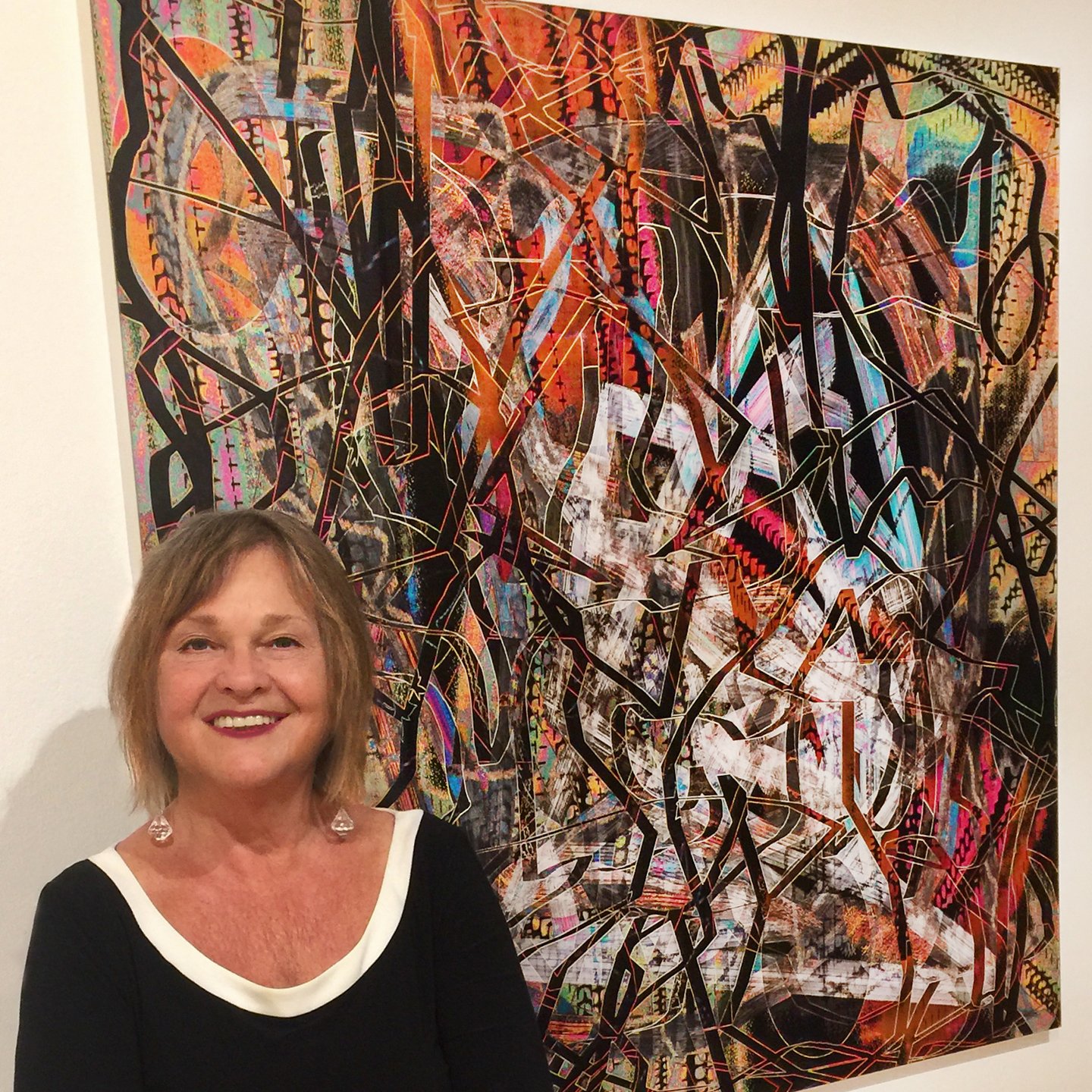About
PROCESS
My process, I start by sitting in front of a computer screen staring. When the inertia lifts I pick up my mouse and start to paint freehand. At times I paint with my eyes closed in the automatic painting style of the Surrealists. Sometimes like the French artist Andre Masson and his "Automatic Drawings" technique which he executed using pen and paper, I let my mouse travel rapidly across my work table without conscious control of what I am creating on the screen. Other times my strokes and movements are very calculated and mathematical using algorithms I create. Some of my paintings take over 100 hours to complete.In its essence, for me digital painting is akin to being in front of a traditional easel, my computer screen being my easel and my mouse my brushes.
ABOUT
ARTIST: Elaine Sigwald
Growing up in New York City, Elaine's early influences were honed in her teens spending countless days studying the works of the masters at the Metropolitan Museum of Art, MOMA, the Guggenheim, the Whitney and Frick museums. Inspired by these museum visits, at age thirteen, her first large-scale drawing was an interpretation of WWIII done in permanent magic markers. The mural spanned her entire bedroom wall displaying a life size drawing of a naked Helen of Troy looking out at viewers, with blood dripping from her hands. She was the focal point, surrounded with scenes depicting battles and brutality. Much to her parent’s chagrin, when the family moved, many coats of paint were used to conceal the work. After this opus, her parents requested that she limit her work to canvas, paper and film.
At age fifteen, a watercolor painting she created was hung in an exhibition at the Lever House in Manhattan, New York. She studied acting for five years at The American Academy of Dramatic Arts in New York City and attended the High School of Performing Arts in Manhattan majoring in theater.
In 1972 Elaine was handed one of the first portable black and white video cameras and recorders available to the general public. Instantly she was enthralled by the endless creative possibilities of this new medium and became a part of the New York City avant-garde Video Art scene. During that period she studied and did projects with among others, Shirley Clarke, Wendy Clarke and Bill Etra (co-inventor with Steve Ruff of the video synthesizer, now called a special effects generator). After receiving her BS in Speech and Communications from the State University of New York at New Paltz, her creative journey took a more mainstream path. From 1984-2010 she was the owner and creative force behind Visionteller, a video production company, which produced documentary and commercial projects. In 2010 she closed the company and with her family moved to southern California.
Her work has been shown in exhibitions at the Museum of the City of New York, Palm Springs Art Museum, The Hudson Opera House and in Galleries in New York and California. Collectors of her work reside in various states across the US and in Malaysia and France.
